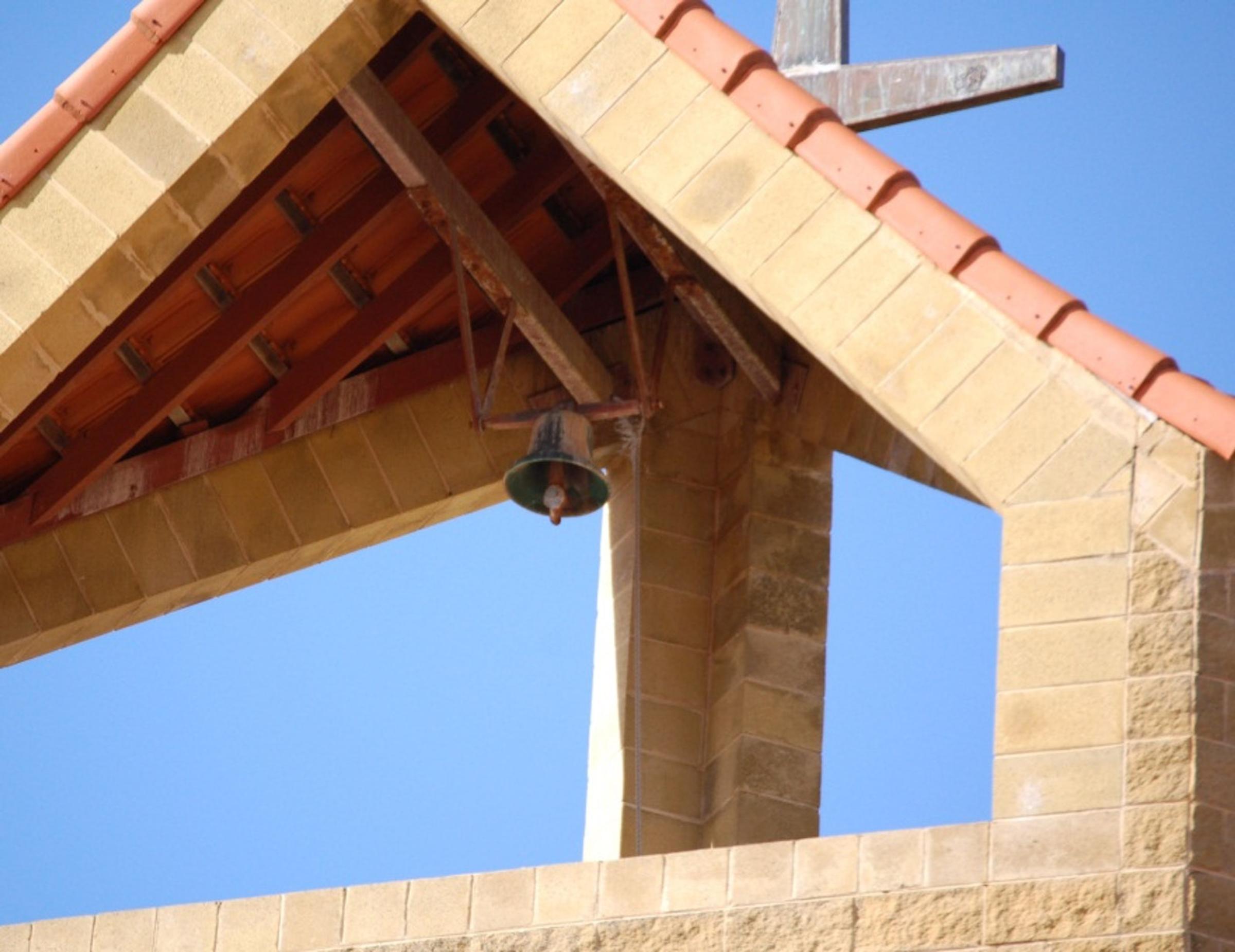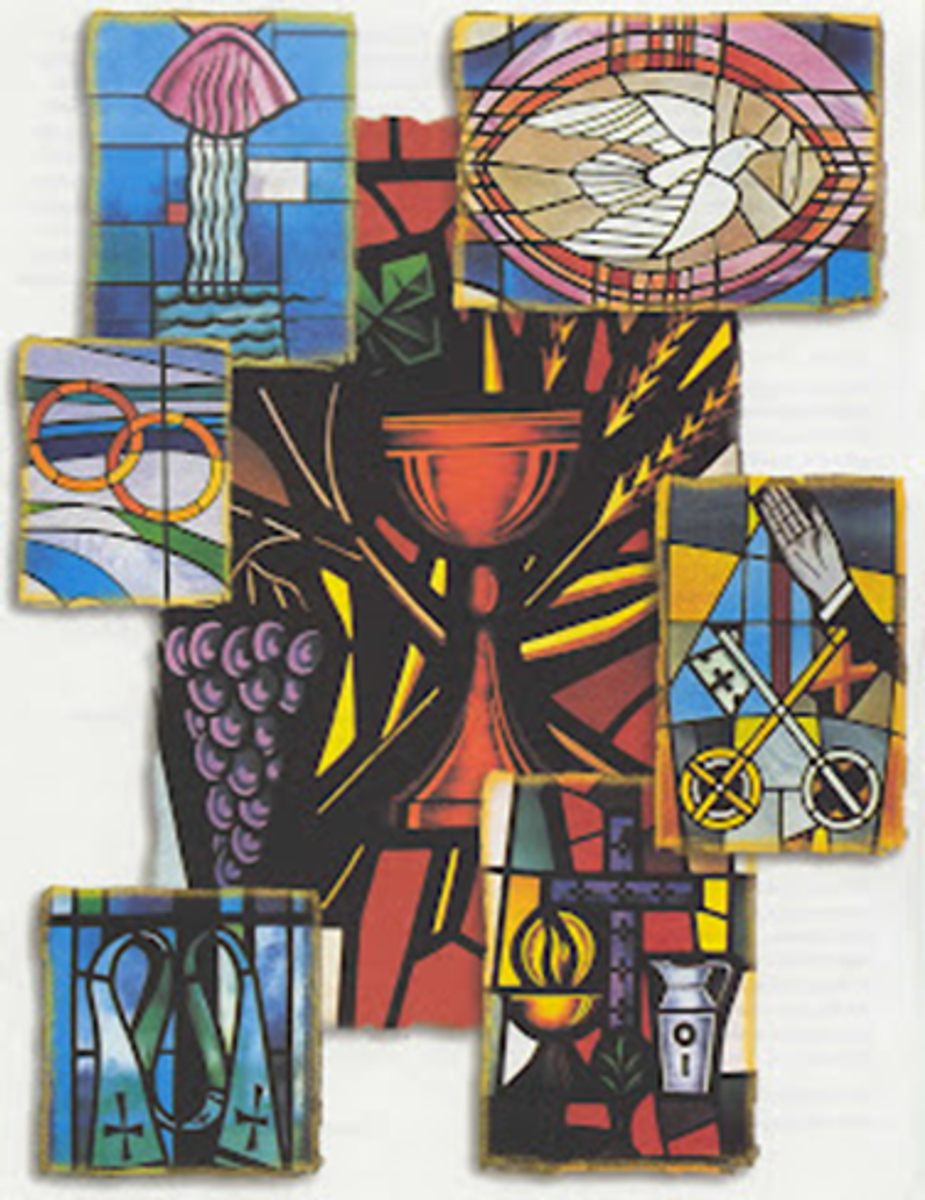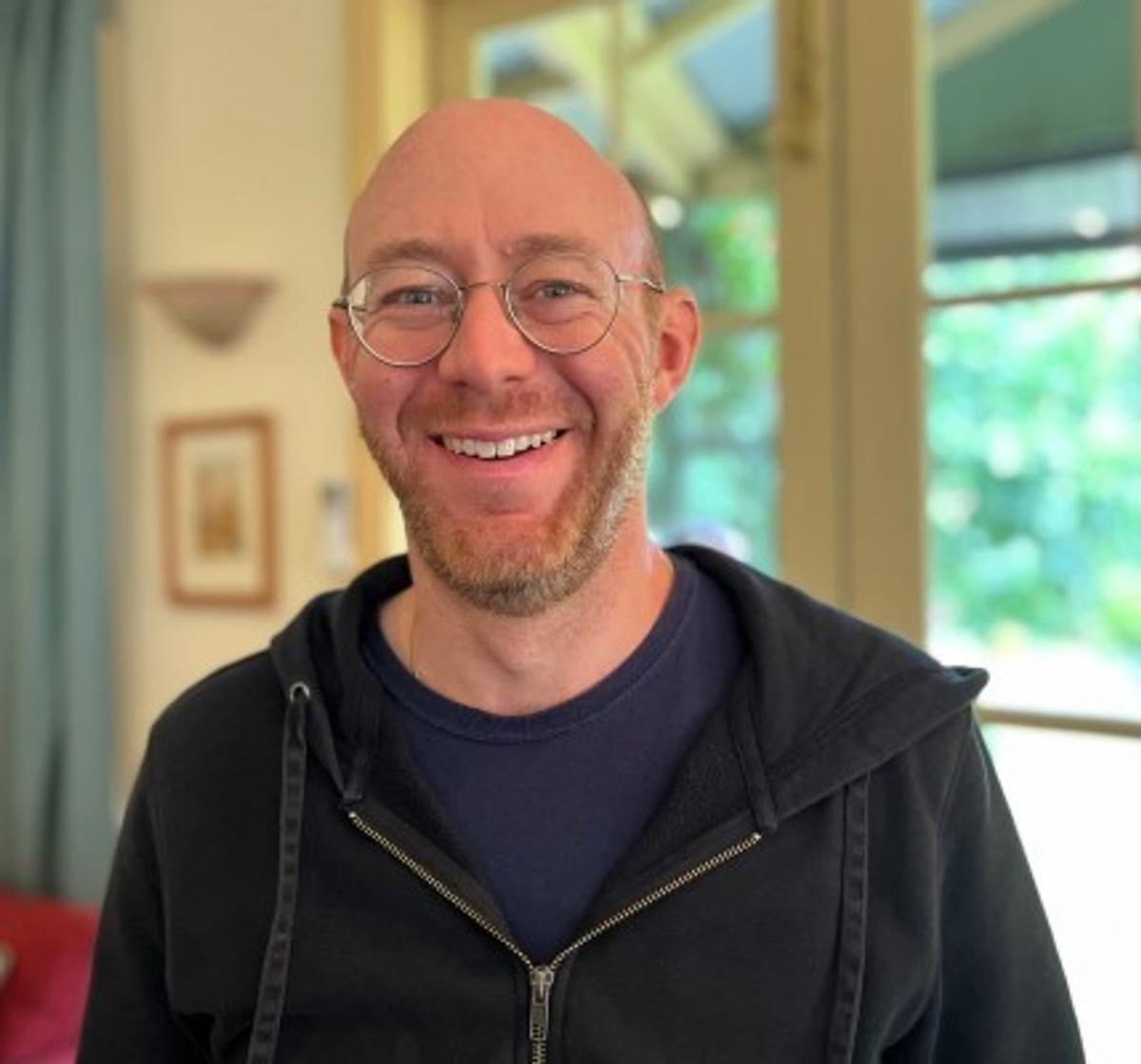Liturgy

Community Mass
Thank you to all the volunteers who assisted at today’s Community Mass. A special thank you – and welcome! – to Father Tony Lusvardi SJ. Fr Tony is a US Jesuit, currently teaching at the Gregorian University in Rome. We are delighted to have Father Tony at the College for the next 5-6 weeks. Among other things, Fr Tony will offer the Ignatian First Spiritual Exercises, commencing next Tuesday (see below).
Next week, we look forward to the Year 7 students’ preparation of the liturgy. Everyone is welcome! Just come to the Chapel at 8:00: there are no reserved seats and no need to RSVP. After Mass, people are welcome to stay for coffee.
What is Community Mass?
Community Mass is the gathering of students, staff, families, alumni and friends to celebrate the Eucharist in the College Chapel.
How long is the Mass and what time does it commence?
Mass begins at 8:00am and finishes around 8:30am – in time for students and staff to get to Homeroom.
Are there reserved seats?
People are free to sit anywhere. Only the choir has a special seating area.
Oh, there is singing?
Yes, we have a wonderful Chapel Choir, directed by Mrs Haydon and accompanied by Mr Johnston, and supported by Treble and Chamber Choir members. The choir leads the singing and everyone is encouraged to sing as much (or as little) as they feel comfortable. All the lyrics are projected from a PowerPoint
Is Community Mass only for Catholics?
Not at all; everyone is welcome.
What if I am unfamiliar with the prayers?
All the responses are on a PowerPoint.
Next Friday’s Community Mass, 19 May, will truly be a community Mass, as it will be prepared by family members, students and staff. After Mass, there is ‘coffee to go’ before going to work or other commitments.
Community Mass details:
- College Chapel
- Fridays in term time
- Starts: 8:00am and concludes 8:30am
Congratulations
Congratulations to students in Year 4 who are making their
First Communion at Claremont Parish tonight.
We look forward to publishing their names and photos next week!
Information from parishes regarding sacraments is available on the College website. If you have further questions, don’t hesitate to ask!
Please contact:
- Mary-Anne Lumley mary-anne.lumley@cewa.edu.au 08 9383 0513
- Your parish priest or Sacrament Coordinator
- The Archdiocesan website
A First Spiritual Exercises Retreat in Daily Life
We have a visiting Jesuit from the United States who will be with us for a few months and will be offering our community: A First Spiritual Exercises Retreat in Daily Life run over five Tuesdays evenings from 6:30-8:30pm, 23 May, 30 May, 6 June, 13 June & 20 June. The sessions will be hosted at John XXIII College in the Ignatian Centre (library).
Please feel free to come and join these sessions.
At the first session, the retreat guide will give a presentation on the retreat and the prayer exercises. Participants are given a guided prayer text and commit to spending around 25 minutes a day for five or six days each of the four weeks. At the following four Tuesday sessions, participants meet to share with others how they are going with their prayer exercises. Many people have been deeply rewarded through participation in this kind of retreat. Even for busy people, the time commitment each week over four weeks is manageable.
About the facilitator - Tony Lusvardi
I grew up in Minneapolis, Minnesota (USA). Before entering the Society, I studied literature and philosophy at the University of Notre Dame (Indiana) and spent two years teaching English for the US Peace Corps in Kazakhstan. My most important pastoral experience in formation was administering three small parishes on the Rosebud Indian Reservation in South Dakota during regency. For the past six years, I have been completing first my license and then doctorate in sacramental theology at Sant’Anselmo in Rome, and I’ve just begun teaching sacramental theology at the Gregorian. I’m grateful to have arrived in Australia (at last!) and for the welcome I have received.
Good News for the Feast of the Ascension
The Feast of Jesus’ Ascension, this Sunday, celebrates the end of Jesus’ work on earth for us and his return to God his Father. Luke’s Gospel and its sequel – the Acts of the Apostles – describe Jesus as leaving his disciples and rising into heaven. Jesus’ Ascension is followed almost immediately by the sending of the Holy Spirit. Through the Spirit, Jesus remains present with us as we trust in his promise that he will return at the end of time. Taken together the stories of the Ascension and Pentecost explore the way in which Jesus is now both present to us and distant from us.
The image of Jesus rising through the clouds into heaven is in harmony with the way Luke and his contemporaries saw the world. They imagined our world as like a bowl with a spherical cover. Above the vault were the heavens, the world of God and the spirits. Our image of the world is unimaginably larger, measured in light years. We see rockets go into the sky above us, parachutists come down, and spaceships travel to nearby planets which were once seen as belonging to the heavens. In this world the image of Jesus rising to heaven can seem a little quaint.
We need to attend to the larger reality that underlies the image of Jesus being taken into heaven. It speaks of the journey of the Son of God into the human world, his work for us in Jesus, his killing at the hands of other human beings, his rising from the dead into a new life with God, his opening for us the
way to follow him and share in his new life, and his coming again at the end of time. The Ascension is the closing of one stage of God’s presence with us and the opening of a new stage of our presence with God.
The Ascension of Jesus is surrounded by rich symbolism that is easy to miss. It is said to take place forty days after Jesus’ death and resurrection. The Gospels place his death around the Jewish feast of the Passover which celebrated their freedom from slavery in Egypt. Jesus’ death was his passing over from death to life and freeing us from slavery to sin. The interval between his Resurrection and his Ascension and sending of the Spirit associated these events with another Jewish feast. It celebrated God’s giving the Law through Moses to the people in the desert and God’s promise to be present to them through the Law and the Temple. This association makes it clear that the Ascension of Jesus is about presence, not absence.
In the story of the Ascension, Jesus instructs his disciples to go to Bethany where he farewells them. In the Gospels Bethany was closely associated with Jesus during his ministry, most notably in John’s Gospel as the place where he raised Lazarus to life. It was some distance outside Jerusalem, a safe place to which he retired when under threat of death. In Jerusalem by his death and rising he had conquered death. At his Ascension he could now send the disciples back from Bethany to Jerusalem to share the Good News.
This week’s reflection, for the Feast the Ascension, is from Father Andrew Hamilton SJ. Father Andy is a Jesuit, a theologian, a writer and, among his many other roles, the Media Officer for Jesuit Social Services.



